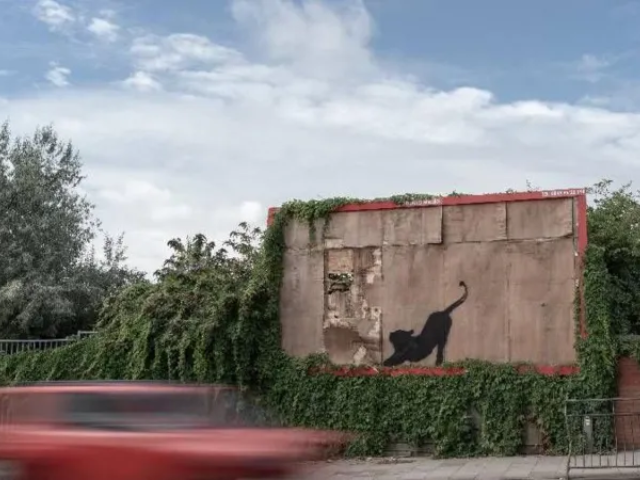
The street artist Banksy has once again captivated London with a series of nine animal-themed artworks, culminating in a final piece on the shutters of London Zoo. While the trail has officially ended, the mystery surrounding the artworks' meaning lingers, sparking debate within the art and graffiti communities.
The series began on August 5th with a goat perched precariously on a ledge in Kew Green. Subsequent pieces featured elephants, monkeys, a wolf, pelicans, a cat, piranhas, and a rhinoceros, each unveiled in a surprise location every morning. The final piece at London Zoo depicts a gorilla freeing a sea lion and birds, a symbolic gesture that seems to connect the series' overarching theme.
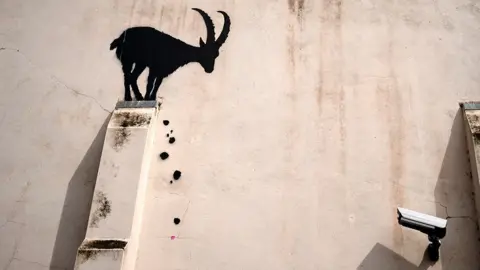

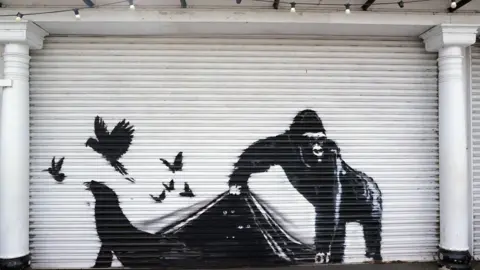
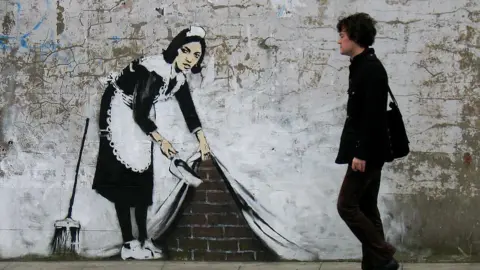

While some speculate that the artworks comment on social division, the Israel-Gaza conflict, or animal incarceration, others believe they represent a "grand great escape" orchestrated by the gorilla, explaining the sudden appearance of animals across London. Banksy's use of animals to convey social and political messages isn't new, and the artist has a known history of supporting animal welfare and environmental causes.
The animal trail hasn't been without its challenges. Some pieces were removed or defaced, including the rhinoceros, which was tagged by a graffiti crew, reigniting an old feud between Banksy and his rival, Robbo.
Despite the controversy, the trail has undeniably achieved its goal of capturing the world's attention and sparking conversations about art, activism, and the meaning behind Banksy's cryptic creations. Whether a playful commentary on animal liberation or a deeper critique of society, Banksy's animal trail has left an indelible mark on London and the art world at large.
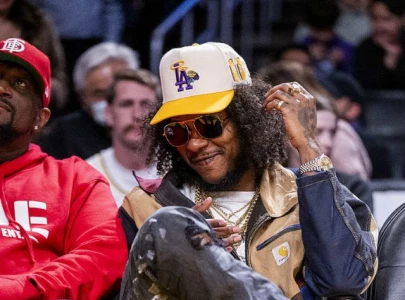


1730797335-0/Untitled-design-(81)1730797335-0-165x106.webp)
1731055950-0/BeFunky-collage-(34)1731055950-0-165x106.webp)


1731064840-0/diddy-(39)1731064840-0-270x192.webp)




1723549614-0/BeFunky-collage-(61)1723549614-0-270x192.webp)
1723189235-0/Banksy-(1)1723189235-0-270x192.webp)







COMMENTS
Comments are moderated and generally will be posted if they are on-topic and not abusive.
For more information, please see our Comments FAQ